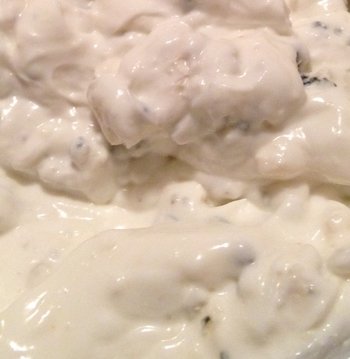 What’s the difference between long-grain, converted, and minute rice? Are they interchangeable in recipes?
What’s the difference between long-grain, converted, and minute rice? Are they interchangeable in recipes?
All three of these are a form of white rice. They’re not interchangeable in recipes, unless cooked rice is being called for.
Length-to-width ratio determines whether a rice is considered long-, medium-, or short-grain, not the actual length of the grain. Long-grain rice has slender kernels, and is any variety which is three to five times longer than it is wide. There are many different kinds of long grain rice – basmati, jasmine, popcorn, and wild pecan are all examples of long-grain rice. In fact, it’s getting harder to find plain long-grain rice in stores these days. Jasmine and basmati varieties are exceedingly popular.
Converted rice is long-grain rice. “Converted” is a term, trade-marked by Uncle Ben’s, which means the same as parboiled rice. This refers to the process of pressure-steaming rice prior to hulling, which hardens the starch and results in a grain that requires longer cooking and more liquid. Interestingly – and unusually for a processed food – this actually makes the rice more nutritious. Some of the nutrients in the bran are forced to stick to the endosperm (the part we eat) or are even forced into it, so less protein and other nutrients are lost in milling. Because parboiling makes the grains harder, it takes longer to cook than ordinary rice. The grains remain moist and separate and hold up well after cooking; it’s preferred for dishes like pilafs, entrees, and salads. Some people, though, feel it has less flavor than regular rice and dislike the slightly chewier texture.
The USA Rice Federation recommends cooking regular long-grain white rice, in a ratio of 1 cup rice to 2 cups water, for 15 minutes. For parboiled rice, the recommendation is 1 cup rice to 2 ¼ cups water, and 20 minutes of cooking. In both cases, the yield is 3 to 4 cups of cooked rice.
Minute rice is completely cooked and then dried. It needs only to be rehydrated and heated. The only thing it has going for it, in my opinion, is that it won’t clump up on you. Oh, and I suppose it’s handy when you’re on the road or camping, because it weighs less and takes less time to prepare. But I find it has an odd, spongy, chewy quality and little taste.
It’s not difficult to cook rice properly, and the result is both cheaper and tastier.
Be sure to use a heavy pot that will hold the anticipated amount of cooked rice with neither crowding nor a lot of air space, follow the directions carefully, and I’m sure you’ll be successful. One very important last note: always stir or fluff rice with a fork, not a spoon! This keeps the grains from breaking and leaking starch that will make rice sticky.




